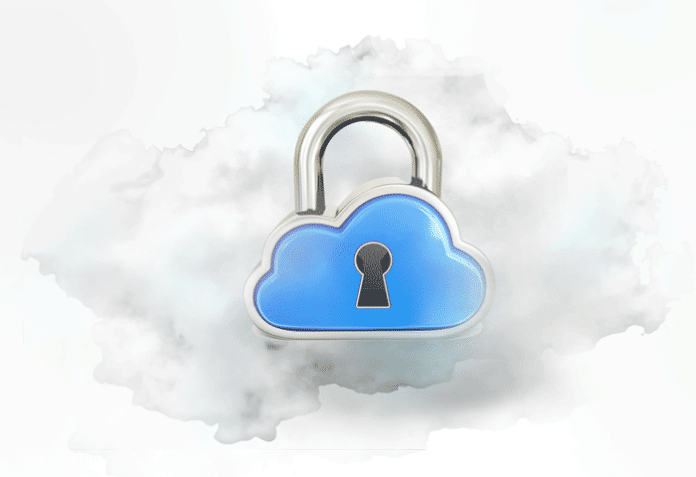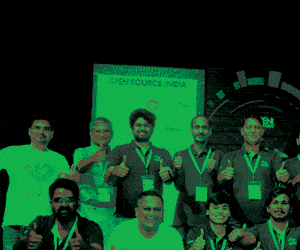A well-planned cloud security program serves as the primary barrier against security breaches, protecting both the company’s assets and its reputation. It’s a crucial component that supports an organisation’s overall health and in a world with more advanced cyber threats, it helps meet the basic compliance standards that stakeholders expect.
As a security consultant with years of experience working with various emerging startups and well-established MNCs, I’ve observed a trend. As organisations live and die by strict budgeting, many still consider a cloud security program to be merely “nice to have.” But they no longer have the luxury of thinking this way.
Gone are the days when we used extensive time and energy to manage our workloads in an on-premises environment. To better manage these resources, we began using a cloud service provider who could handle our workloads more efficiently than the traditional approach. This led to the rise of cloud computing, where provisioning and scaling of infrastructure started happening with just a couple of clicks.
As organisations grow, their business requirements evolve dynamically; they tend to use more advanced technology and cloud systems to ease their work. Therefore, protecting important data and systems is more crucial than ever. This highlights the importance for organisations to have a strong security strategy.
A cloud security program is a long-term investment. It’s like buying stocks—it doesn’t pay off right away. Just like stocks grow over time, investing in a security program won’t show immediate returns but can pay off greatly in the future.
The true costs of cloud security
Many organisations, particularly startups, often hold this belief that the cost of establishing a cloud security program, building a team, and procuring the necessary tools is excessively high. However, this thought fails to recognise the significant long-term benefits and cost savings that come with a well-implemented security strategy. This assumption overlooks the hidden costs of inadequate security, such as data breaches and regulatory fines.
There is always a difference between simply meeting compliance checklists and barely passing the audits versus developing a thorough cloud security program. While compliance is just a starting point, it is never enough to guarantee security. A cloud security program demands investment, support from leadership, and continuous improvement. It must extend far beyond the basics of compliance to establish resilient defences.
The expensive consequences of regulations and non-compliance
Even major tech companies fail when it comes to regulations and non-compliance. Recently, a big tech company that failed to adhere to customer privacy and regulations was in the news. Imagine the same scenario for a well-funded startup that is acquiring some great customers. Suddenly, out of the blue, a regulator declares they aren’t compliant. What happens to them? The organisation will lose business, and competitors will gain an edge. This is something a budding organisation would never want.
Consider the situation with Anthem, Inc., an insurance firm based in Indianapolis in the US. The company settled a class-action lawsuit for US$ 115 million following accusations that it did not have sufficient information security measures in place. This lapse had resulted in a 2015 data breach that exposed the electronic protected health information (ePHI) of almost 79 million individuals. In addition to the settlement, Anthem was fined US$ 16 million for violating HIPAA rules, a penalty paid to the Office for Civil Rights at the US Department of Health and Human Services. The company also had to undertake significant corrective security measures.
The long-term financial advantages of establishing a cloud security program
I invest in the stock markets with the concept known as ‘coffee-can investing’. This popular Japanese method involves investing a small amount in value stocks and acquiring these stocks in smaller quantities, which will reap benefits in the long term. Organisations should follow a similar approach, always accumulating and investing in futuristic technologies. Investing in a full cloud security program can save a lot of money in the long run, something that is often overlooked when first planning a budget.
A 2020 IBM study indicated that the average cost of a data breach is US$ 3.86 million. While the initial investment in security infrastructure and training for personnel might seem steep, these costs are justifiable when considering the potential savings from avoiding breaches. Moreover, a strong security strategy can optimise business operations, reduce downtime resulting from security incidents, and boost overall resilience. These improvements contribute to cost reductions and better continuity for the business.
Crafting your cloud security strategy
Creating a strong cloud security program begins with having a solid cloud security strategy, and a clear understanding of what the organisation possesses and needs. Organisations must evaluate their teams, budgets, and technology to ensure they can establish a security framework. If internal resources aren’t sufficient, outsourcing to managed security service providers (MSSPs) can be an effective way to enhance capabilities while simultaneously building an in-house team with the required capabilities.
It’s essential to understand the scope of what your organisation controls—such as data, systems, and networks. This knowledge significantly aids in better risk management.
Once you have a clear picture of your assets and have identified the risks, shape your strategy accordingly. There are numerous tools and companies available to help safeguard against these risks. However, choosing the right solutions for your organisation’s specific needs is crucial. By aligning the risk mitigation strategies with organisational goals, companies can strengthen their security stance and navigate the evolving landscape of cyber threats with increased efficiency.
Optimising cost and quality when choosing vendors
Selecting the right vendors and tools based on business requirements plays a crucial role in security management. Choosing vendors for your security needs is essential, and senior management must carefully balance cost and quality. It is tempting to opt for the lowest-cost option when selecting vendors, but this approach can compromise the quality and effectiveness of the security program. Decisions based solely on cost can result in poor outcomes, a concern that is particularly acute in cybersecurity, where the risks are high.
Selecting a vendor involves more than just comparing prices; it requires an in-depth understanding of various factors. This includes a detailed assessment of the vendor’s capabilities, track record, adherence to industry standards, and their ability to adapt to a changing threat landscape. The right vendor should not only fit the budget but also align with the company’s business requirements and values.
This approach ensures that the investment in security provides the desired level of protection without compromising on quality. For a deeper understanding of how to navigate cloud security tools and align them to specific needs, check out my previous article on this topic in the June 2024 issue of OSFY.
The verdict
Building a cloud security program is an essential investment for modern businesses, transcending the traditional view of it being a mere expense. The misconceptions surrounding the costs of security programs need some re-evaluation, considering the significant long-term benefits and cost savings they offer. The financial and reputational damages resulting from non-compliance and security failures further highlight the importance of such investments.
We need to look at our organisation’s security as a strategic investment and not merely as an expense because it leads to a safer, more resilient and financially sound future in a world where digital business is increasing rapidly.









































































